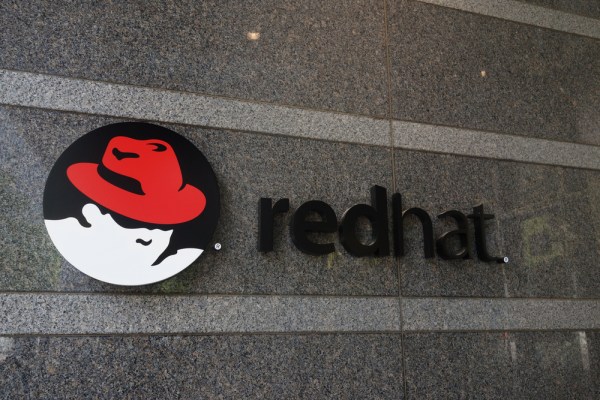Red Hat made it clear a few years ago that it couldn’t rely on its Red Hat Enterprise Linux (RHEL) glory forever. It needed a path to transformation and it saw a way with OpenStack and the hybrid cloud.
Today it continued its steady march toward fulfilling that cloudy vision with the release of OpenStack Platform 8 and the Red Hat Cloud Suite. While RHEL remains a mainstay for the company, the company’s shift to the cloud has been determined and purposeful.
That Red Hat made this announcement a week ahead of the next OpenStack Summit in Austin is probably not a coincidence.
The OpenStack piece is based on OpenStack Liberty, the release that came out last year. (The latest release called Mitaka was just announced.) With each release, the project fills in holes and makes improvements. In its new version, Red Hat improved manageability, always a biggie with a complex system like OpenStack and made upgrades around storage, networking and compute. It also focused on the needs of telcos, big companies with huge networking operations looking to move to OpenStack — a market where Red Hat is hoping to make a big splash.
The cloud suite offers an integrated package with cloud, DevOps and container tools in a single solution with the kind of management layer you would expect in such a suite. It combines Red Hat OpenStack with Red Hat OpenShift, its container environment and CloudForms for overall management and the ability to add self-service in a private cloud setting. The idea is to provide an integrated package, but recognizing not everyone will want to get the entire solution from one company, it will also offer the pieces individually and work with other offerings.
As companies shift to the cloud with legacy systems still in place, Red Hat is hoping to be a bridge between the two computing eras with RHEL on one side and OpenStack on the other. In many ways Red Hat’s own transformation mirrors that of its customers, and that’s probably not a coincidence.
“A lot of customers have existing infrastructure and applications. We straddle both worlds with RHEL, while Red Hat cloud infrastructure [tools] allows them to take existing infrastructure and optimize and run infrastructure more efficiently through [our] control panel and management [tools],” James Labocki, product owner, Red Hat Cloud Infrastructure explained.
The shift seems to be working. Red Hat announced its first ever $2 billion year in its most recent earnings report in March with $544 million in revenue for the quarter, up 17% year over year. While the majority of its revenue still comes from RHEL, they are beginning to see the cloud strategy paying off. You surely can’t argue with the numbers.
[graphiq id=”6f1Tc9GAZSZ” title=”Red Hat Inc. (RHT) Actual & Estimate Revenue – Last 5 Quarters” width=”650″ height=”503″ url=”https://w.graphiq.com/w/6f1Tc9GAZSZ” link=”http://listings.findthecompany.com/l/19060804/Red-Hat-Inc-in-Raleigh-NC” link_text=”Red Hat Inc. (RHT) Actual & Estimate Revenue – Last 5 Quarters | FindTheCompany”]
